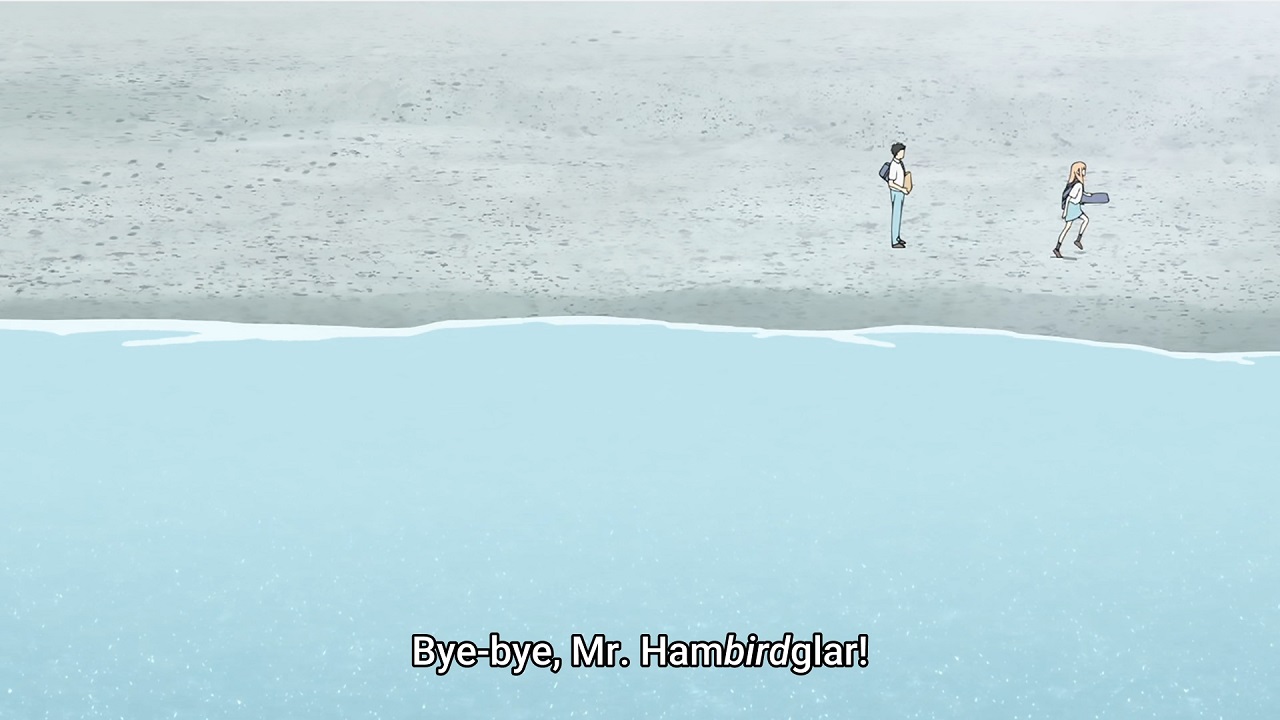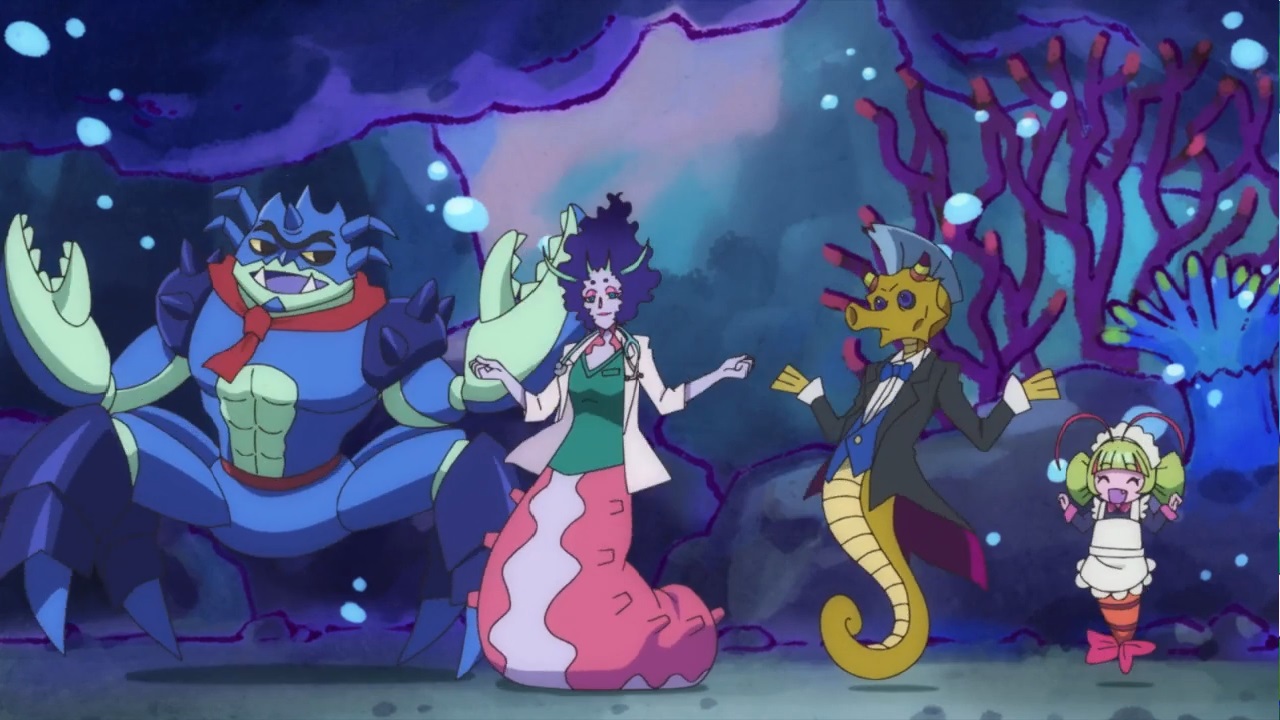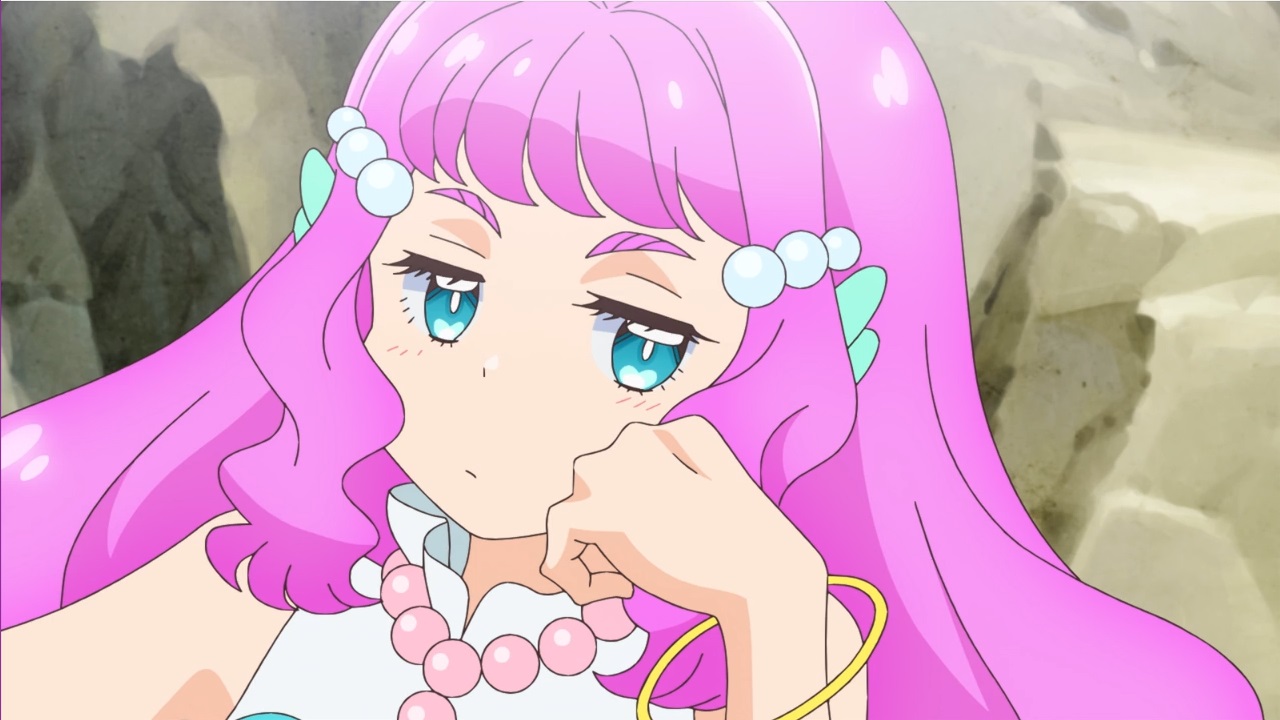I’ve been annoyed by Bennett the Sage’s review of Akira for at least six years now, but was today years old when I found this perfect dissection of it:
I can well understand that if you’re not particularly interested in what some anituber said about Akira a decade ago you don’t want to watch a nearly hour long video about why he’s wrong, but it points out two consistent flaws in Bennett The Sage’s reviews that drive me up the wall. With Akira he insists on using a particular not very good old dub to review and I get that reviewing crappy dubs is his schtick, but it’s fundamentally unfair when better versions are available. Worse, he has the habit of blaming the movie for the sins of the dub. Don’t complain about the voice acting as if that’s the movie’s fault when you yourself sought out this dub. Dubbing is fundamentally inferior to subbed anime anyway, but especially if you insist on using the worst possible dub in existence. Every review of his is this way, where he takes some hastily shit out dub done by bored amateurs instead of using the original Japanese version. Again, it wouldn’t bother me so much if he didn’t then judge the entire anime by the crappy dubbing. With something like Akira it’s even worse when the dub makes things that were perfectly clear in the original and muddles them up.
Which brings me to my second gripe: he wants everything explained but doesn’t bother paying attention. As the video makes clear, he complains about things that were spelled out for him literally minutes before. He also doesn’t have the patience to wait if something isn’t when plot points or situations aren’t immediately explained to him. He fundamentally refuses to do the work to understand a story on anything but a surface level and gets frustrated when things are implied or left to subtext. This is made worse by him wanting every aspect of a story, characters and setting to contribute to the plot, preferably all tied up in a neat package. He cannot handle messy settings, a world that exists outside of the plot’s constraint. When you combine that with his tendency to get fixated on irrelevant details, he’s the worst possible person to review something like Akira.
Studio Chōjin in his critique of Bennett’s review chose to focus on how he misunderstands things even though the movie explains them, but I feel that a deeper problem is that tendency to want everything explained in the first place. The idea that you have to explain why Neo Tokyo is wracked by riots and political unrest, that it all has to tie into the plot rather than just be the background against which the story happens, even though it is explained and does tie in with the plot, is just alien to me. I first saw Akira in 1989 or 1990 and political clashes like that were familiar to me from the evening news, from seeing the marches for freedom in East Germany or Poland, from the squatter fights with the cops in Amsterdam or even the fight for democracy in South Korea and Taiwan that took place at roughly the same time Akira was made. Corrupt repressive government involved in dangerous secret schemes, idealistic, naive militants used by equally corrupt opposing politician, righteous rightwing military leaders disgusted by them all, those are not new ideas. You don’t need the movie to spoonfeed you the background, you just need to accept it and move on.
Ultimately my point is that Bennett is lazy. He’s comfortable just slagging off decades old dubs of already obscure titles with not enough dept in them to trip him up with his overly literal way of looking at stories. To be honest, I do enjoy watching his videos from time to time even if the only he does is just retelling the plot and complain about crappy voice acting. But when he tries to tackle something with a little bit more worth, he’s out of his depth fast. He is getting better, but ultimately you don’t want to rely on him for judging whether any anime more complicated than Queen’s Blade is any good.




